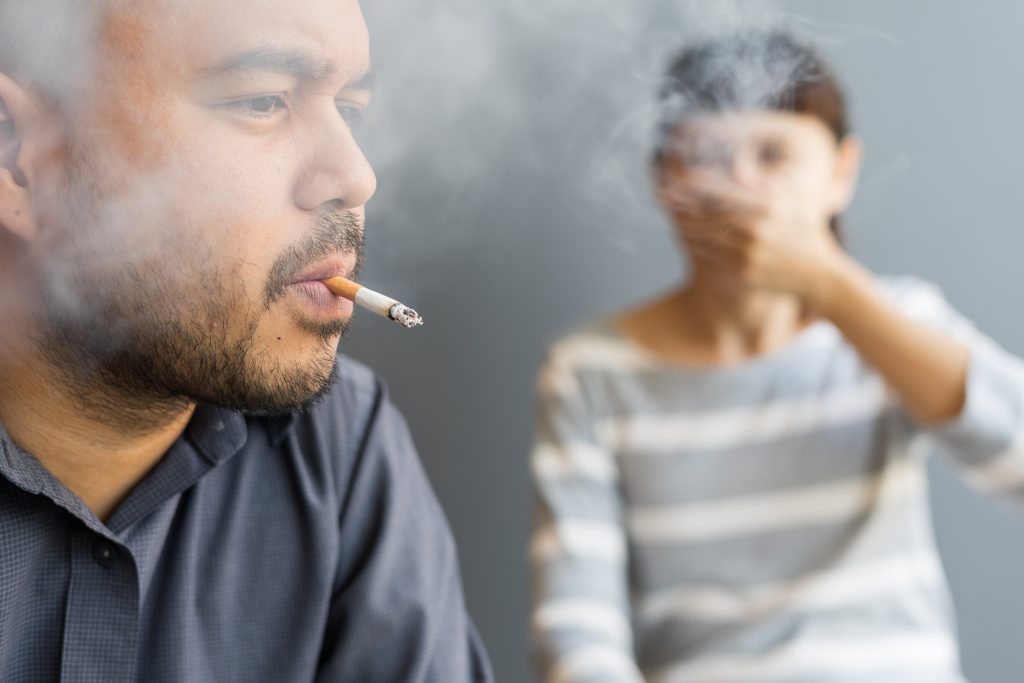5th floor, Lakshmi Sharada Arcade,
6th Main Road, No 251,
17th Cross Road,Sector 7,
HSR Layout,Bangalore,
Karnataka-560102

In the hustle and bustle of our daily lives, it's easy to overlook the subtle dangers that lurk in the air we breathe. One such menace is passive smoking, a silent threat that affects millions around the world. Also known as secondhand smoke or environmental tobacco smoke, passive smoking occurs when non-smokers inhale the smoke exhaled by smokers or the smoke from burning tobacco. In this article, we delve into the insidious effects of passive smoking on the human body.
Respiratory Woes: The respiratory system takes a severe hit when exposed to passive smoke. Secondhand smoke contains over 7,000 chemicals, with hundreds of them known to be toxic and about 70 causing cancer. When inhaled, these pollutants irritate the lungs, leading to an increased risk of respiratory infections, chronic bronchitis, and aggravated asthma. Children, in particular, are vulnerable, with their developing lungs more susceptible to damage.
Cardiovascular Conundrum: Passive smoking isn't just a respiratory concern; it's a cardiovascular time bomb. The toxic compounds in secondhand smoke can trigger inflammation and endothelial dysfunction, paving the way for heart disease and stroke. Non-smokers exposed to passive smoke face a 25-30% higher risk of developing heart disease, making it imperative to recognize the far-reaching consequences of seemingly harmless exposure.
A Menacing Mix for Pregnant Women: For expectant mothers, passive smoking is a double-edged sword. The harmful chemicals can cross the placenta, affecting fetal development and increasing the risk of low birth weight, premature birth, and sudden infant death syndrome (SIDS). It's a stark reminder that the consequences of passive smoking extend beyond the immediate victims to the most vulnerable among us.
Lingering Effects on Children: Children exposed to secondhand smoke face a myriad of health challenges. From impaired lung function to an increased likelihood of ear infections and respiratory illnesses, the toll is significant. Moreover, passive smoking is linked to behavioral issues and reduced academic performance in children, underscoring the importance of protecting them from this preventable hazard.
The Indoor Menace: Passive smoking isn't confined to outdoor spaces; it infiltrates our homes and workplaces. Even well-ventilated areas are not immune to the dangers of secondhand smoke. The residues settle on surfaces, creating a toxic environment that can persist long after the smoke has cleared. Implementing strict smoke-free policies in homes and public spaces is crucial to mitigating these lingering risks.
Passive smoking is a pervasive health risk that affects individuals across age groups and walks of life. It's a shared responsibility to raise awareness about the dangers of secondhand smoke and work towards creating smoke-free environments. By understanding the insidious effects on the respiratory and cardiovascular systems, as well as the long-term impact on children and pregnant women, we can take decisive steps to protect ourselves and our loved ones from the silent threat that is passive smoking.